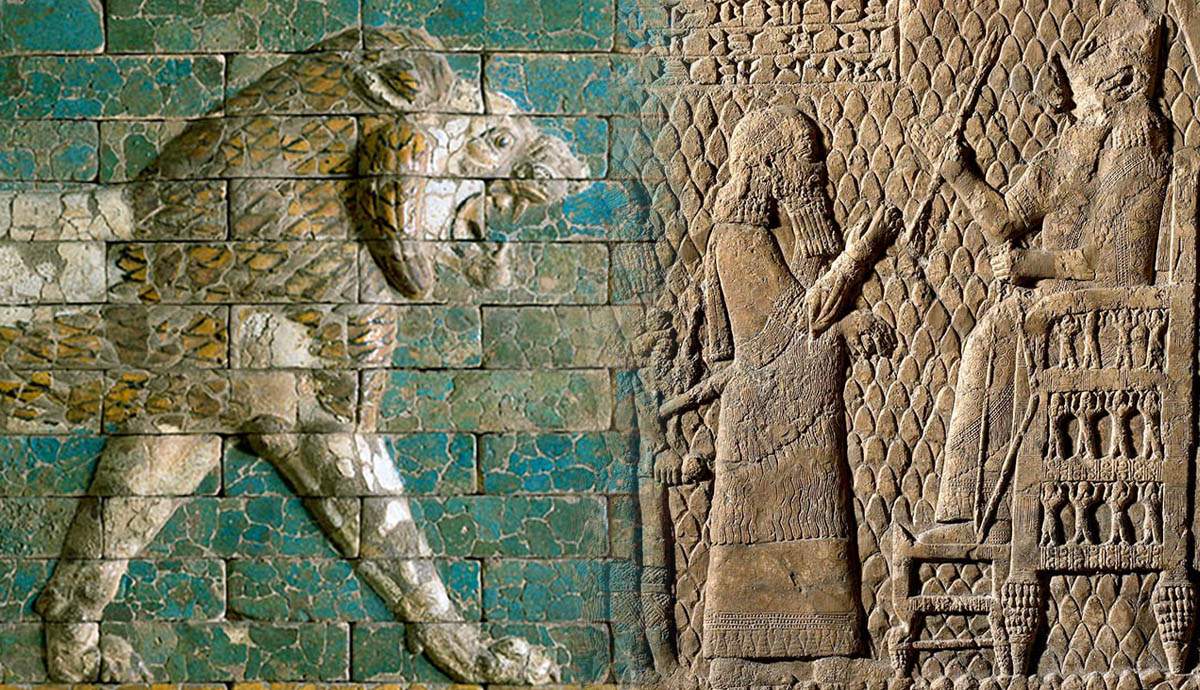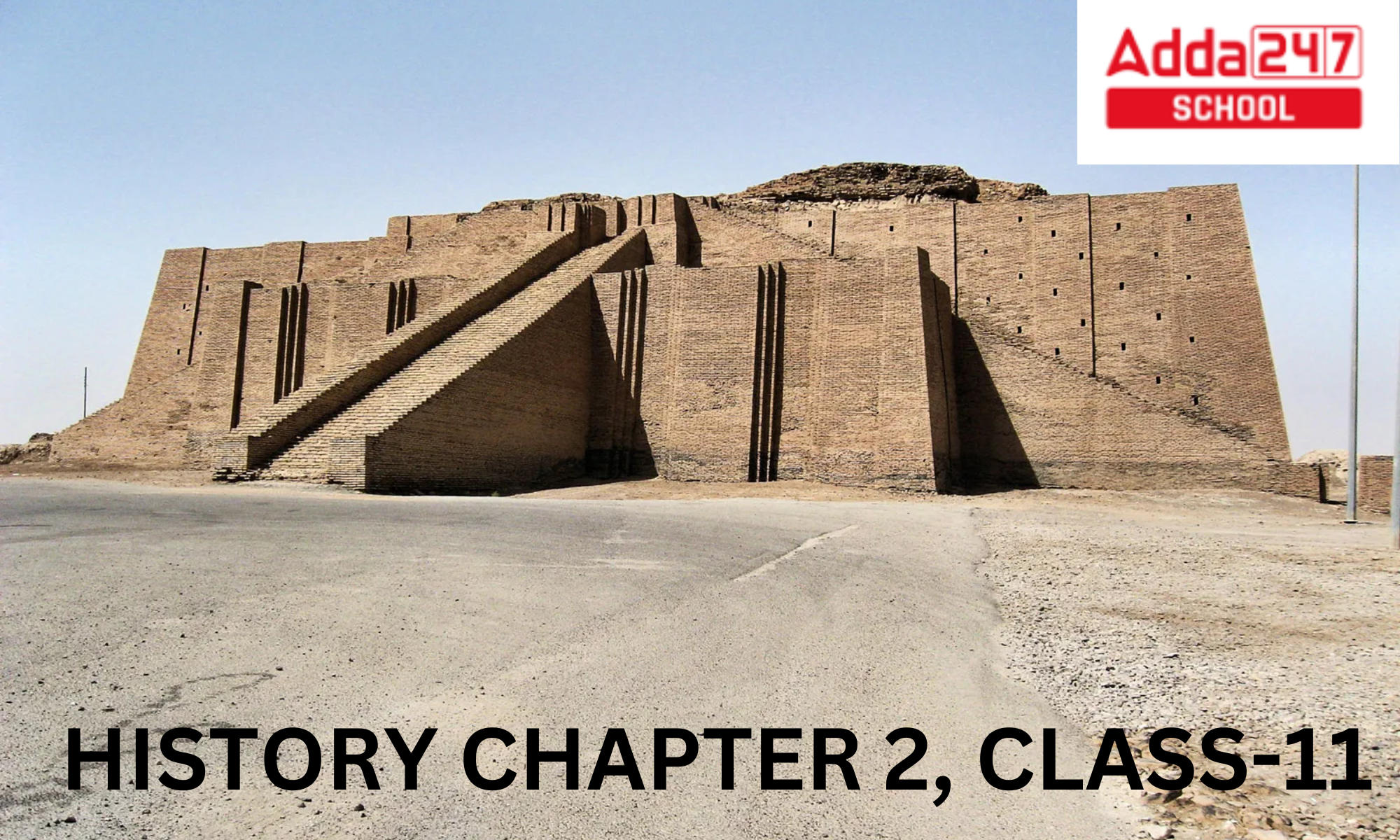Table of Contents
Writing and City Life Notes- Class 11 History NCERT
In this chapter 2 of Class 11 history NCERT book, we will see the the flourishment of a great civilization in Mesopotamia. We will also see the importance of temples in the history of Mesopotamia, as well as the literature and art of the civilization in Mesopotamia.
Writing and City Life Notes- Class 11 History NCERT Chapter 2
Iraq is a land with a variety of ecosystems. Green, undulating plains in the northeast gradually rise to tree-covered mountain ranges with clear streams and wild flowers, receiving adequate rainfall to support crop growth.
Agriculture here first appeared between 7000 and 6000 BCE. In a region of upland in the north known as a steppe, where sheep and goats graze on the grasses and low bushes that grow there after the winter rains, animal herding provides people with a better means of subsistence than cultivation.
Writing and City Life Notes- Class 11 History NCERT- The Significance of Urbanism
Cities and towns are more than just densely populated areas. It only makes sense for people to congregate in towns when the economy expands beyond the realm of food production. Along with the production of food, urban economies also include trade, manufacturing, and services. As a result, city dwellers lose their independence and become dependent on the goods and services of other (urban or rural) citizens. They communicate constantly with one another. A stone seal carver, for example, needs coloured stones for the seals that he does not know where to find and bronze tools that he cannot produce himself; trading is not his “specialisation.” The bronze tool manufacturer does not go out and personally obtain the copper and tin metals.
Writing and City Life Notes- Class 11 History NCERT Chapter 2 PDF
To Download the pdf of Class 11 History NCERT Chapter 2, Class 11 History NCERT History Chapter 2
Writing and City Life Notes Class 11 History NCERT- Important Terms
MESOPOTAMIA
Mesopotamia is the region bounded by two rivers. It is composed of the Greek words “Mesos,” which means middle, and “Potamos,” which means river.
DIVISION OF LABOUR
In this system, each worker/person is assigned a certain task in which he/she is proficient.
NUCLEAR FAMILY
A extremely small family made up of a husband, a wife, and their kids is referred to as a nuclear family.
CUNEIFORM
The wedge-shaped symbol known as cuneiform stands for the syllables and sound of a word.
STELES
Stone slabs containing carvings or inscriptions.

Class 11 History NCERT Chapter 2- Notes: Summary
- Mesopotamia saw a major civilization’s heyday around 5000 BCE. Iraq today is in Mesopotamia.
- The word Mesopotamia derives from Greek and originally meant “the area between two rivers.”
- The Mesopotamian civilisation thrived between the two rivers known as the Tigris and Euphrates.
- It is a flat plain in Mesopotamia. Around 150 years ago, excavation operations at this location began.
- The Mesopotamian civilisation was at its lowest point in the Sumer region. It served as the civilization’s hub.
- In Mesopotamia, Sumerians were the first to establish a civilisation. Because of this, the civilization—the Sumerian civilisation—is called after them.
- Mesopotamia had three different types of towns, according to excavations. These cities were regal, commercial, and religious.
- Some of the most significant towns of Mesopotamian civilization included Ur, Lagash, Kish, Uruk, and Mari.
- Mesopotamian soil was extremely fruitful, but due to natural forces, agriculture was in danger. Wheat, barley, peas, and lintel were the crops that were grown. The foundation of Mesopotamian civilization was a clear strategy.
- Slaves came in three different varieties in Mesopotamian civilization. They were debtors, war prisoners, and kids who had been sold by their parents. They were treated unfairly.
- The three classes that made up Mesopotamian society were Upper class, Middle class, and Lower class.
- The upper class included the ruling class, nobles, members of the royal family, and top officials. The upper class lived a life of luxury.
- The second class included merchants, traders, landlords, artisans, and craftsmen. The lowest class included slaves.
- Sheep, oxen, cows, and goats were the principal domesticated animals. Between 2067 to 2025 BCE, Mesopotamia was ruled by Hammurabi the Great.
- The biggest gift of Hammurabi was his code of behaviour. There were 282 of them, and they dealt with every facet of life.
- Mesopotamian script was known as cuneiform. Literature piqued the curiosity of Mesopotamians as well.
- Their most well-known epic was Gilgamesh. Uruk, the king of Mesopotamia around 2700 BCE, was responsible for it.
- Mathematics piqued the curiosity of Mesopotamians as well. Their numerals have sixty significant numbers.
Mesopotamian history owes a great deal to Babylonia. - In Mesopotamian history, temples also played a significant role. The hubs of religious activity were temples. These temples were devoted to a variety of deities.
Class 11 History NCERT Book Solutions Chapter 1 Notes- Early Societies
Class 11 History NCERT Chapter 2- Notes: Timeline
| DATES | EVENT |
| 7000-6000 BCE | Beginning of agriculture in the northern Mesopotamian plains |
| 5000 BCE | Earliest temples in southern Mesopotamia built |
| 3200 BCE | First writing in Mesopotamia |
| 3000 BCE | Uruk develops into a huge city, increasing use of bronze tools |
| 2700-2500 BCE | Early kings, including, possibly, the legendary ruler Gilgamesh |
| 2600 BCE | Development of the cuneiform script |
| 2400 BCE | Replacement of Sumerian by Akkadian |
| 2370 BCE | Sargon, king of Akkad |
| 2000 BCE | Spread of cuneiform writing to Syria, Turkey and Egypt; Mari and Babylon emerge as important urban centres |
| 1800 BCE | Mathematical texts composed; Sumerian no longer spoken |
| 1100 BCE | Establishment of the Assyrian kingdom |
| 1000 BCE | Use of iron |
| 720-610 BCE | Assyrian empire |
| 668-627 BCE | Rule of Assurbanipal |
| 331 BCE | Alexander conquers Bablyon |
| 1st Century CE | Akkadian and cuneiform remain in use |
| 1850s | Decipherment of the cuneiform script |
Class 11 History Chapter 2 Notes- Writing and City Life: QNA
Ques. What is writing and city life?
Ans. The relationship between urban life, commerce, and writing is shown in a lengthy Sumerian epic poem about Enmerkar, one of Uruk’s first kings. Uruk was the ideal city in Mesopotamian history and was frequently referred to as The City.
Ques. What is history in class 11?
Ans. History is a crucial discipline that focuses on investigating the past. The subject calls the memorization of numerous dates, so appropriate study materials are required. It’s important to study from appropriate textbooks when getting ready for the history exam.
Ques. What was the third order Class 11 history?
Ans. Peasants, both free and not free, make up the third order. Farmer and peasant members of the order often fell into one of two categories: Free Although they were landowners, peasants had to pay taxes to the royals and worked as tenants on their own fields. For at least forty days, they were required to serve in the military.
Ques. Why is Mesopotamia famous?
Ans. The region of Mesopotamia, which is now a part of Iraq, is located in the centre of the Euphrates and Tigris rivers. The civilisation is renowned for its wealth, urban lifestyle, extensive and rich literature, mathematics, and astronomy.



 UP, MP, CBSE Board Result 2025 Live Upda...
UP, MP, CBSE Board Result 2025 Live Upda...
 CUET UG Exam Date Sheet 2025 @cuet.nta.n...
CUET UG Exam Date Sheet 2025 @cuet.nta.n...
 NTA NEET Cut Off 2025, Expected Cutoff f...
NTA NEET Cut Off 2025, Expected Cutoff f...










